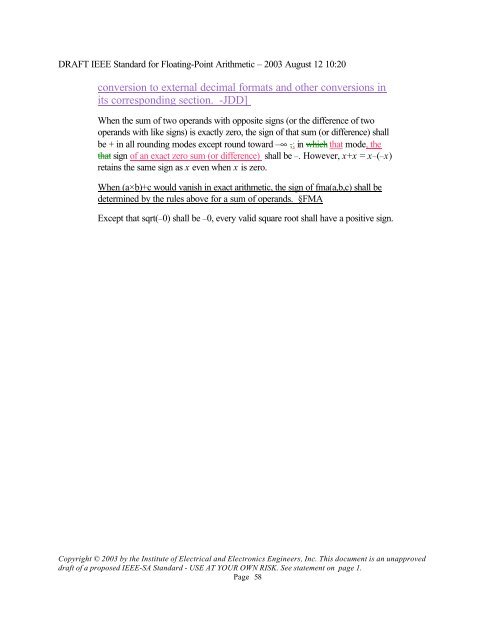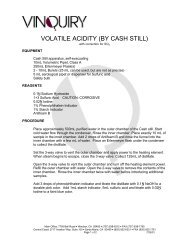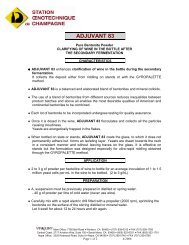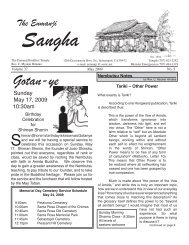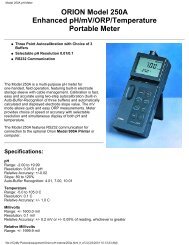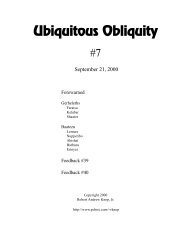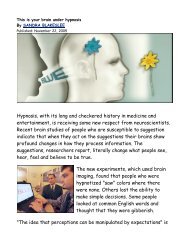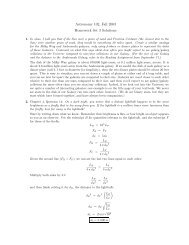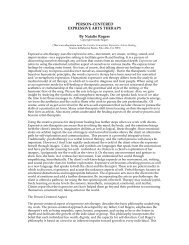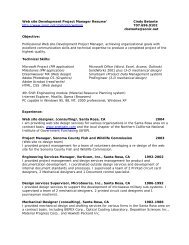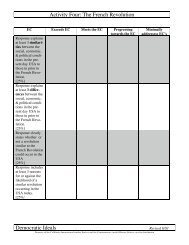DRAFT IEEE Standard for Binary Floating-Point Arithmetic - Sonic.net
DRAFT IEEE Standard for Binary Floating-Point Arithmetic - Sonic.net
DRAFT IEEE Standard for Binary Floating-Point Arithmetic - Sonic.net
Create successful ePaper yourself
Turn your PDF publications into a flip-book with our unique Google optimized e-Paper software.
<strong>DRAFT</strong> <strong>IEEE</strong> <strong>Standard</strong> <strong>for</strong> <strong>Floating</strong>-<strong>Point</strong> <strong>Arithmetic</strong> – 2003 August 12 10:20<br />
conversion to external decimal <strong>for</strong>mats and other conversions in<br />
its corresponding section. -JDD]<br />
When the sum of two operands with opposite signs (or the difference of two<br />
operands with like signs) is exactly zero, the sign of that sum (or difference) shall<br />
be + in all rounding modes except round toward –¥ ,; in which that mode, the<br />
that sign of an exact zero sum (or difference) shall be –. However, x+x = x–(–x)<br />
retains the same sign as x even when x is zero.<br />
When (a×b)+c would vanish in exact arithmetic, the sign of fma(a,b,c) shall be<br />
determined by the rules above <strong>for</strong> a sum of operands. §FMA<br />
Except that sqrt(–0) shall be –0, every valid square root shall have a positive sign.<br />
Copyright © 2003 by the Institute of Electrical and Electronics Engineers, Inc. This document is an unapproved<br />
draft of a proposed <strong>IEEE</strong>-SA <strong>Standard</strong> - USE AT YOUR OWN RISK. See statement on page 1.<br />
Page 58


